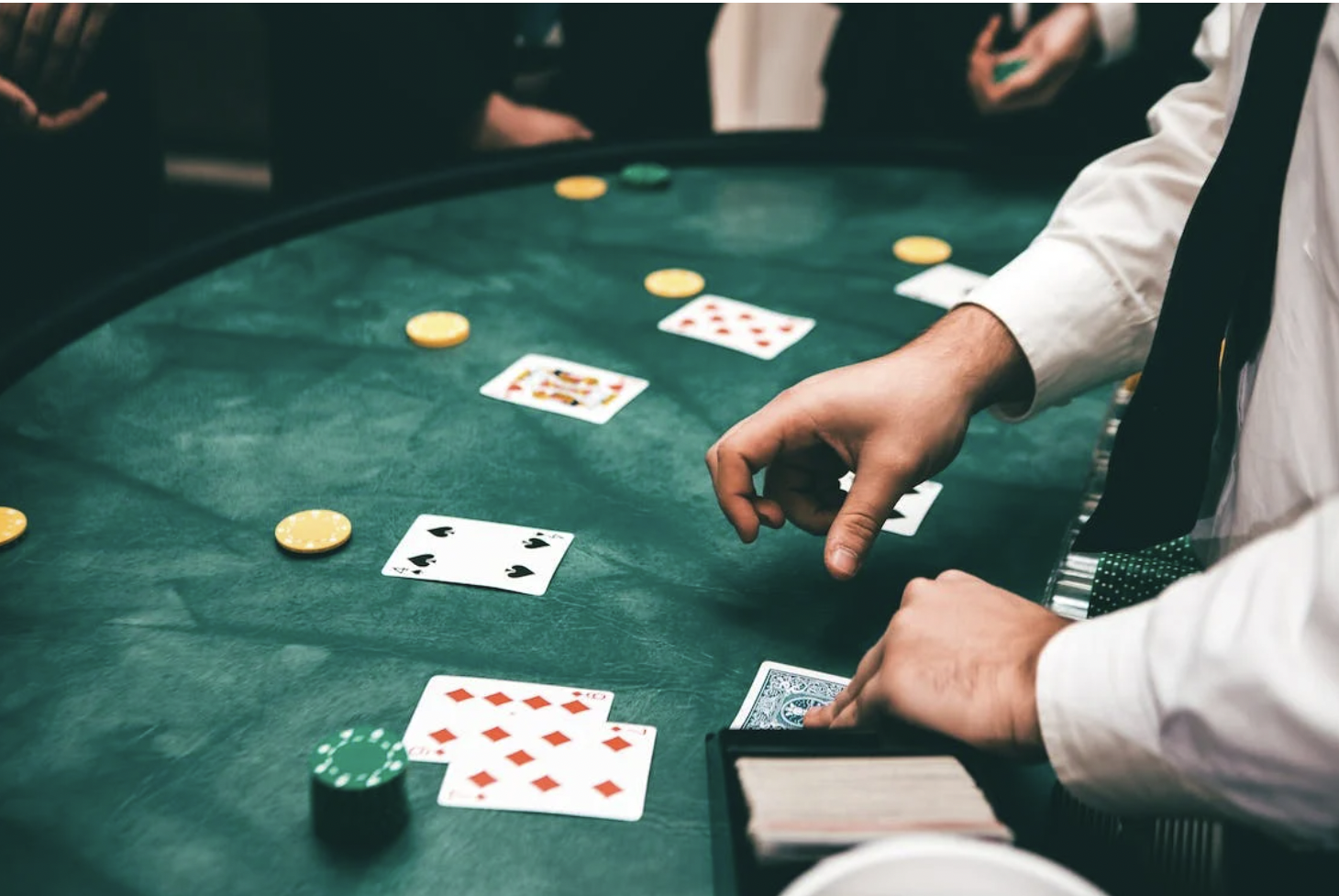Expected value in poker is a statistical concept that can be applied in order to determine whether a particular decision is likely to be profitable in the long run.
Expected value is calculated by taking into account all of the possible outcomes of a situation, and then weighting them according to their likelihood.
The final result is the expected value of the situation.
Example of Expected Value in Poker
For example, let’s say you are considering calling a bet on the river in a game of Texas Hold’em. You have two cards in your hand, and there are two cards of the same suit visible on the board. This leaves nine unknown cards.
There are four suits, so we can calculate the expected value by multiplying the probability of each outcome by its corresponding payoff.
In this case, the probability of making a flush is 4/9, and the payoff is 5-to-1. The probability of not making a flush is 5/9, and the payoff is 1-to-1.
The expected value of calling the bet on the river is therefore (4/9 x 5) + (5/9 x 1) = 2.78. This means that, in the long run, you can expect to win approximately 2.78 times your original investment if you make this call.
Of course, expected value is only one factor to consider when making a decision at the poker table. Other factors such as pot odds and implied odds should also be taken into account.
But expected value can give you a good starting point for making decisions, and it is a useful tool for evaluating situations where there are multiple possible outcomes.
Expected Value in Poker Explained – Calculate EV Quickly
Let’s Do Some Poker EV Examples Together
How to Vary Bets With Expected Value in Poker
In addition to helping you make individual decisions, expected value can also be used to inform your betting strategy.
For example, let’s say you are playing a game of heads-up poker and you have the opportunity to bet on the flop.
You have two options: you can either bet $10 or bet $100.
The expected value of the $10 bet is (4/9 x 5) + (5/9 x 1) = 2.78. The expected value of the $100 bet is (4/9 x 100) + (5/9 x 0) = 44.44.
Since the expected value of the $100 bet is higher, this is the better option. By betting $100, you are giving yourself the chance to win a larger amount of money if you do make a flush, while still maintaining a positive expected value.
On the other hand, if you are playing a game with several players and the pot is already large, you may want to bet less in order to keep the pot size manageable.
In this case, betting $10 would have a higher expected value than betting $100. This is because the probability of making a flush is lower in a multi-player pot, so the payoff for hitting your hand is not as high.
By betting $10, you are more likely to win the pot if you do hit your hand, while still maintaining a positive expected value.
The important thing to remember is that expected value is only one factor to consider when making a decision.
You also need to take into account the size of the pot, your position, and the number of players in the hand. But if you can master the concept of expected value, you will be well on your way to becoming a successful poker player.


